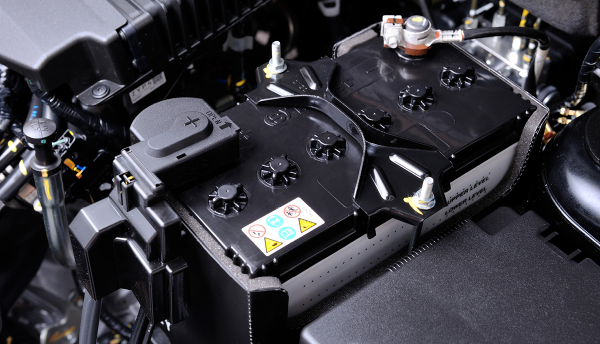
Tesla Motors is in discussions with China-based automakers to establish a new factory in the country, reports The Want ChinaTimes, citing the National Business Daily. The company may seal the deal with two Chongqing-based automakers − Lifan Group and Changan Automobile Group. The automaker expects to inaugurate the factory within three years.
Significance: Chongqing has been a welcoming market for electric vehicles (EVs), including the 2013 Chongqing Auto Show held in June 2013, and has a 300 station charging network. As of May 2013, Chongqing had 2,000 new energy vehicles (NEVs) in use, of which nearly half were EVs, according to the Chongqing Municipal Commission of Economy and Information. During the same period, the city also allocated USD43 million in subsidies for 3,000 alternative energy vehicles. These cities bode well for automakers seeking to produce vehicles in the country. Moreover, it makes business sense for automakers that are currently importing vehicles into China to produce locally to avoid hefty duties and taxes imposed on imported cars. Automakers importing vehicles into China have to pay import fees on top of the purchase price. Such taxes and duties add more than USD40,000 to the cost of the Tesla Model S in China. The Model S costs CNY734,000 (USD119,971) in China, compared with a price of USD81,070 in the United States. It is unlikely that Tesla will shift its lithium-ion battery factory to China, so will still incur import duties. With the company expecting China to match the contribution of the United States to its revenues, Tesla is working to find other avenues for profits. To increase sales in China, Tesla is setting up destination chargers across the country, as well as giving a slow-charging mobile connector with the Model S and an upgraded back-seat option to appease affluent Chinese consumers. The company could benefit from designing chargers in line with China's national standard to qualify for exemption from purchase tax on NEVs. China has a Level 2 charging standard in place called GB/T 20234.2-2011, with a 220-volt output. However, this is not in line with the 110-V output seen in regular wall outlets in the United States.








